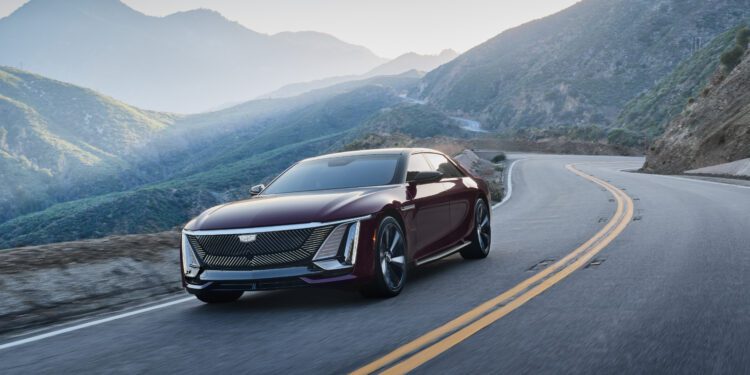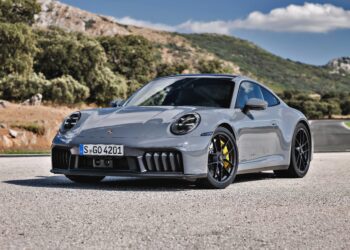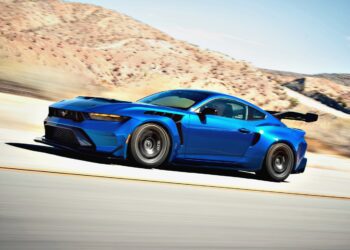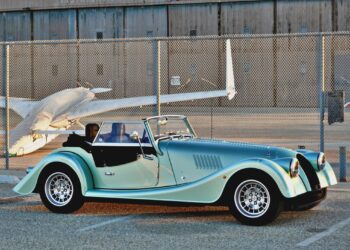Cadillac once touted itself as the “Standard of the World,” a tagline that has carried weight through generations. And yet, today, the modern ultra-luxury car is distinctly European. For years, the Escalade and the Lincoln Navigator represented the very best the U.S. could offer. Want more? Sorry, you’ll have to look abroad.
It’s not for want of trying. Connect the dots, and you’ll see that Cadillac’s flagship appetite has grown steadily over the decades. In 2003, it was the Sixteen concept, a V16-powered grand tourer. It reappeared in 2011 as the Ciel concept, an open-top four-seater, eventually morphing into the Elmiraj coupe in 2013 and the Escala sedan in 2016. Around the time, rumors circled that a supposed “CT8” would soon enter production. Well, you know how that turned out.

As the story goes, the American carmaker’s subsequent pivot towards an all-electric future presented an opportunity. In the summer of 2022, it announced the Celestiq Show Car, an electric four-door fastback with extreme proportions. However, unlike previous attempts, the production green light came later that fall, paving the way for the 2025 Cadillac Celestiq, a flagship decades in the making.
As I stand outside the Pendry Hotel in West Hollywood, CA, keys in hand, a part of me remains surprised it even exists. The carmaker’s original announcement set a 2023 target for the start of production. However, delays soon pushed that timeline into 2024. Even as it appeared unexpectedly during last year’s Monterey Car Week, it remained in pre-production form, with news surrounding its official arrival remaining scarce. Now, in 2025, deliveries are finally scheduled to commence midway through this year.
Photos and videos do little to convey this car’s immense scale and its extreme proportions. For reference, the Cadillac Celestiq is four inches longer, four inches lower, and nearly five inches wider than a Rolls-Royce Ghost. Even the Phantom and Bentley Flying Spur Speed sport narrower dimensions, with only the Escalade IQ matching the Celestiq’s broad figures. This is less surprising once you learn that it rides on a bespoke version of GM’s Ultium architecture, sharing an identical 23-inch wheel and tire size with the IQ SUV.

Contrary to every other player in the space, the Cadillac Celestiq incorporates a fastback design, both for stylistic and practical reasons. Its major body panels, including its hood, front fenders, rear quarter panels, and hatch, are carbon fiber. Its doors instead rely on an SMC composite on the count of hiding sensors that need to see through the material to enable their automatic opening and closing feature.
Beneath the skin, the Celestiq employs a structure of six large sand-cast aluminum components that are then welded together to cut down on excess parts while increasing torsional rigidity. Alongside these, Cadillac incorporates 115 3D-printed parts, with the steering wheel being the single biggest metal piece GM has ever printed in production. Elements that can’t be printed are produced through a Flex Fabrication process in which metal is repeatedly folded over itself to create unique shapes.
As I walk around it ahead of my drive into the canyons north of Los Angeles, I’m not as excited by the Celestiq’s design as much as I am in awe of it. Much of what’s here stylistically isn’t new. After all, this flagship served as Cadillac’s aesthetic guiding light long before the public saw it. As such, many of its various visual cues have made their way onto less expensive models such as the Lyriq and Optiq.
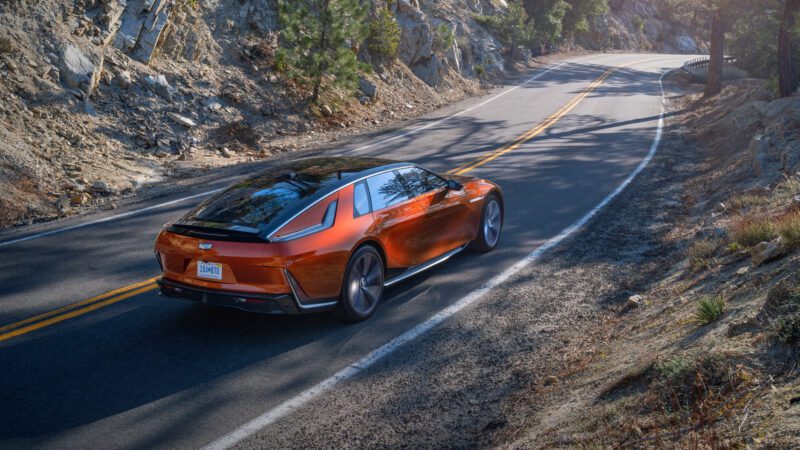
Despite this, they take on new life thanks to this fastback’s extreme proportions. Whether you know what it is or not, the Cadillac Celestiq comes across as expensive, a must considering this car’s over $350,000 base price. More importantly, the vibe it creates in person helps it better stand amongst rivals, shouldered by respected brands, even if this sensation doesn’t translate to photos and videos. Still, the Celestiq succeeds by drawing the eye with shape, not just styling bling.
As I leave the hotel and turn onto morning LA traffic, my progress toward the canyons grinds to a halt. It’s the first time I’ve gotten a proper look at the Celestiq’s interior, representing a significant departure for the American carmaker. For one, there’s a clear focus on material quality. Thanks to GM’s extensive use of 3D printing, the cabin is adorned with bright metal work, covering all your core touchpoints.
This theme continues as you explore its steering wheel buttons, column stalks, and door switches. The rest of the cabin employs an abundance of leather-wrapped surfaces contrasted by only a handful of non-metallic trim panels. Its front and rear captain’s chairs sport identical adjustment functionalities, including massaging, cooling, and heating features. Aside from being plush and large, the seats open up further customization opportunities, as this car’s cabin can be fully customized. More on that later.
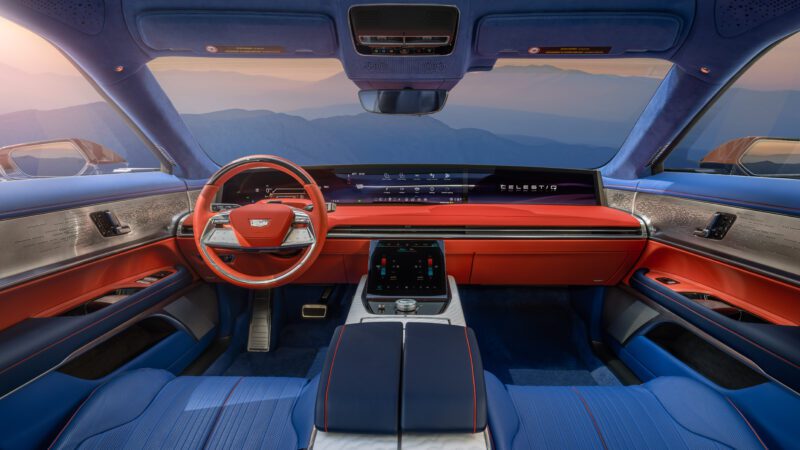
Look around, and you’ll have difficulty spotting what few plastic buttons and switches remain. Instead, the Cadillac Celestiq relocates these to two central touchscreens, one for the first row and another for the second. They’re an effective way to pack a tremendous amount of adjustment into one interface. However, they detract from the look and feel of an interior that otherwise centers around its craftsmanship, with its trapdoor-style central cupholder being a particular highlight. Above, its smart glass roof measures 7.5 mm thick to better isolate road noise while allowing it to dim itself through four independent quadrants.
Look just past the Celestiq’s steering wheel, and you’ll find a massive 55-inch pillar-to-pillar display. It comprises two screens housed within a single glass bezel and supplemented by two additional 12.6-inch passenger screens in the second row. Like the rest of GM’s lineup, its infotainment system offers direct Google integration and passenger entertainment, achieved by dimming the right side of the display out of the driver’s field of view.
This enormous screen is an elegant solution for packaging a lot of helpful content, although it has drawbacks. Its position is way ahead in the dashboard, making the display feel quite distant from your eyes. More importantly, as elegant as its graphics are, it lacks Apple CarPlay and Android Auto connectivity. The freedom to choose defines the ultra-luxury space, and forcing buyers to use the car’s native system isn’t the answer. As brands like Aston Martin and McLaren previously found out by delaying their smartphone integration, this lack of basic connectivity quickly becomes a significant drawback for owners, especially those with larger collections expecting a consistent experience.
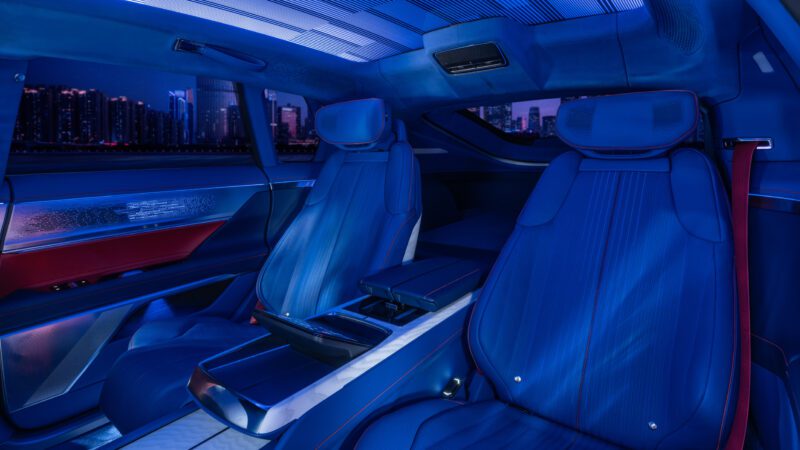
Finally, on the highway, the Cadillac Celestiq excels thanks to its hands-free Super Cruise system, which remains one of the space’s most effective driver assist systems. This flagship complements its tech suite with a total of 42 speakers, with 38 of those living within its cabin. While the exterior units emit the Celestiq’s propulsion noise, the interior set blends a 3D-surround sound experience with active noise canceling to ensure in-cabin noise remains as low as possible. This AKG-sourced setup delivers impressive sound quality, although still not quite a mind-blowing performance like Bentley’s $9,000 Naim system.
With its nose pointed towards Angeles Crest Highway and its sportiest drive mode engaged, the Cadillac Celestiq picks up speed as effortlessly. You’d expect so, given that it produces 655 horsepower and 646 pound-feet of torque from two electric motors, one in each axle. Although a 22-inch wheelset comes standard, my tester sports an upsized set of 23s and the bespoke Michelin rubber designed to accompany them.
Cadillac quotes a 3.7-second time to 60 mph, and despite this flagship tipping the scales at well over 6,000 pounds, it feels as quick as that stat might suggest. Yet, thanks to its progressive throttle calibration, the Celestiq prioritizes smoothness over outright performance. There’s no aggressive kick like you’d expect from a high-power EV. Instead, it rides a wave of torque more akin to something powered by a large V12.
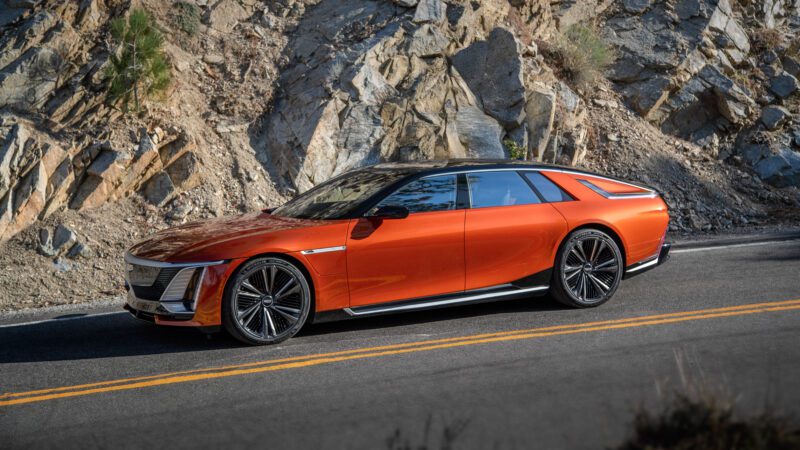
However, as I turn into a series of tight corners, everything I know about the Cadillac Celestiq seemingly shifts. Despite its massive size and weight, its steering quickens in its sportiest mode, meaning that even subtle inputs result in instant direction changes. Thanks to its 48-volt active anti-roll system, it takes corners perfectly flat as its rear-axle steering setup helps virtually shrink its wheelbase. It’s a similar formula to what you’d get on Bentley’s Dynamic Ride system and is just as effective.
However, the Cadillac’s most significant differentiator is its use of Magnetic Ride Dampers. Now in their fourth generation, GM’s MR dampers are as close as we’ll ever get to automotive witchcraft, allowing them to firm up or soften instantly. In the Celestiq, they pair with a more conventional air suspension system, which combines to create a flagship limousine that’s exceptionally well-damped and plush around town but simultaneously firm and controlled enough to effectively tackle a mountain road. The result is a fastback that’s quick in a straight line and nimble in the bends. A dual-purpose flagship.
As I settle back down for the drive into town, I turn my attention to my electric range. Given how much the Cadillac Celestiq has going on, it’s easy to forget it’s an electric car. It’s an ultra-luxury car first. Yet, this is where the Celestiq most clearly shows its age. Unlike the recently released Escalade IQ, the flagship fastback relies on a 400-volt electric architecture instead of a quicker-charging 800-volt setup like its SUV sibling.

While Cadillac estimates a healthy range of 303 miles, courtesy of its large 111-kilowatt-hour battery pack, its peak charge rate remains low at 190 kilowatts, adding a maximum of 75 miles in ten minutes. For context, the Escalade IQ bumps that figure up to 350 kW. Performance EVs offer similar stats, such as the $230,000 Porsche Taycan Turbo GT (320kW) and the $249,000 Lucid Air Sapphire (300kW). The $420,000 Rolls-Royce Spectre, which relies on a dated 400-volt system, offers a comparable 195-kW peak charge rate.
Pricing for the Cadillac Celestiq is challenging to pin down. Ask GM, and they’ll tell you it starts around $350,000, with “starts” being the keyword here. Unlike most ultra-luxury cars, all of this car’s equipment comes standard. Instead, buyers will pay solely for customization extras.
Alongside its assembly line in Warren, Michigan, GM divided a portion of its Technical Center to create the Cadillac House. This is the dedicated space where Celestiq can go and configure their cars, a process that can take anywhere between 12 to 18 months. Its length, however, is determined by the commission’s intricacy. The carmaker’s on-site concierge specialist tells me that every aspect of this car, minus safety features, can be altered at a price.
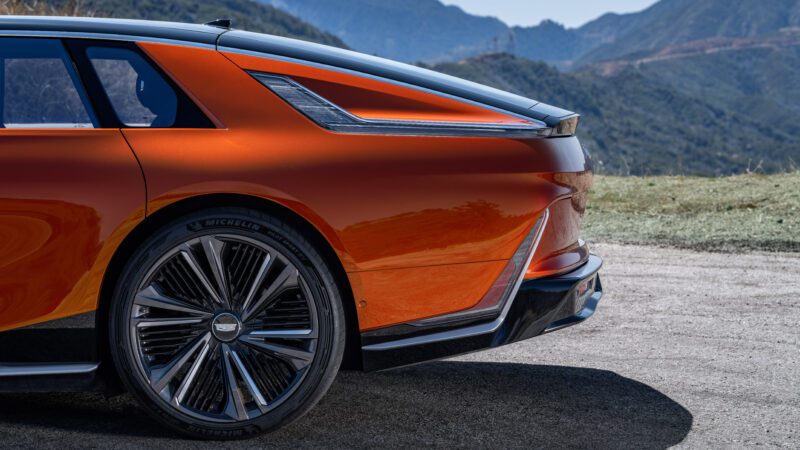
Cadillac plans to ensure that no two Celestiqs are alike by locking a customer’s configuration once it enters production. Although GM doesn’t quote specific production numbers, the American carmaker plans to produce fewer than two daily units. Deliveries are expected to commence later this year.
Pulling back into the hotel to hand back the keys, I remain in awe of the Cadillac Celestiq. From a design perspective, it evokes all of the right feelings, instantly projecting the aesthetic of a luxury item. Inside, it continues the theme with excellent material choices ranging from its bright metal work to its vast leather-wrapped surfaces supplemented by a vast tech suite. Out on the road, the Celestiq excels by combining a fantastic ride and a quiet driving experience with genuine back-road athleticism.
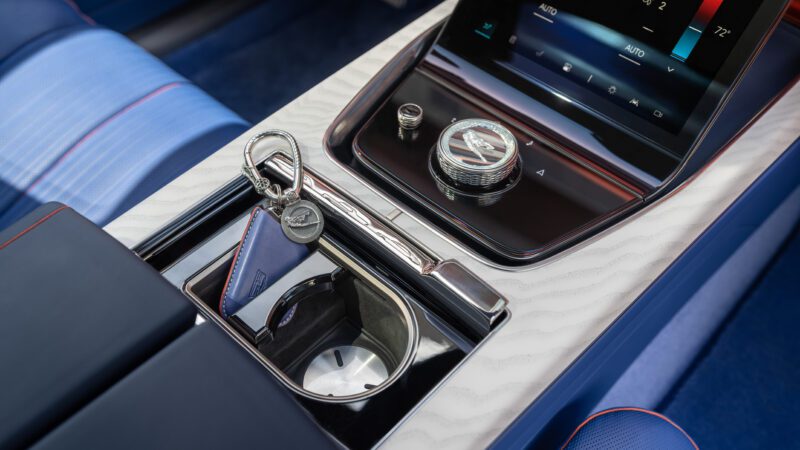
However, a few details hold the Celestiq back, such as its lack of Apple CarPlay and Android Auto connectivity, its use of a standard plastic Cadillac key fob, and its over-reliance on touchscreens instead of physical controls. And although it offers a decent estimated electric range, its 400-volt architecture makes it far from the quickest charging EV in 2025.
There is no question that the Celestiq is a flagship decades in the making, and a monumental effort that excels in key areas. What matters now is whether the $350,000 Celestiq is compelling enough to sway buyers away from Europe’s best.


